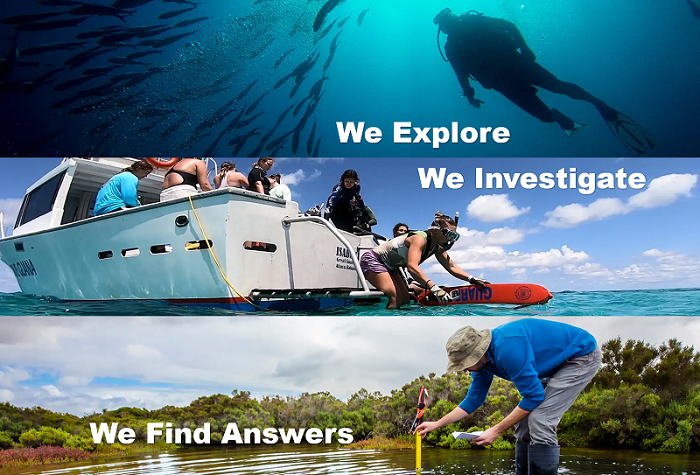Title
Estimating and Applying Fish and Invertebrate Density and Production Enhancement from Seagrass, Salt Marsh Edge, and Oyster Reef Nursery Habitats in the Gulf of Mexico
Document Type
Article
Publication Title
Estuaries and Coasts; Springer
Abstract
Seagrasses, oyster reefs, and salt marshes are critical coastal habitats that support high densities of juvenile fish and invertebrates. Yet which species are enhanced through these nursery habitats, and to what degree, remains largely unquantified. Densities of young-of-year fish and invertebrates in seagrasses, oyster reefs, and salt marsh edges as well as in paired adjacent unstructured habitats of the northern Gulf of Mexico were compiled. Species consistently found at higher densities in the structured habitats were identified, and species-specific growth and mortality models were applied to derive production enhancement estimates arising from this enhanced density. Enhancement levels for fish and invertebrate production were similar for seagrass (1370 [SD 317] g m–2 y–1for 25 enhanced species) and salt marsh edge habitats (1222 [SD 190] g m–2 y–1, 25 spp.), whereas oyster reefs produced ~650 [SD 114] g m–2 y–1(20 spp). This difference was partly due to lower densities of juvenile blue crab (Callinectes sapidus) on oyster reefs, although only oyster reefs enhanced commercially valuable stone crabs (Menippe spp.). The production estimates were applied to Galveston Bay, Texas, and Pensacola Bay, Florida, for species known to recruit consistently in those embayments. These case studies illustrated variability in production enhancement by coastal habitats within the northern Gulf of Mexico. Quantitative estimates of production enhancement within specific embayments can be used to quantify the role of essential fish habitat, inform management decisions, and communicate the value of habitat protection and restoration.
First Page
1588
Last Page
1603
DOI
10.1007/s12237-021-00935-0
Publication Date
4-2021
Recommended Citation
zu Ermgassen, P.S.E., DeAngelis, B., Gair, J.R. et al. Estimating and Applying Fish and Invertebrate Density and Production Enhancement from Seagrass, Salt Marsh Edge, and Oyster Reef Nursery Habitats in the Gulf of Mexico. Estuaries and Coasts 44, 1588–1603 (2021). https://doi.org/10.1007/s12237-021-00935-0



Comments
This article is a chapter in the special issue book: Concepts and Controversies in Tidal Marsh Ecology Revisited